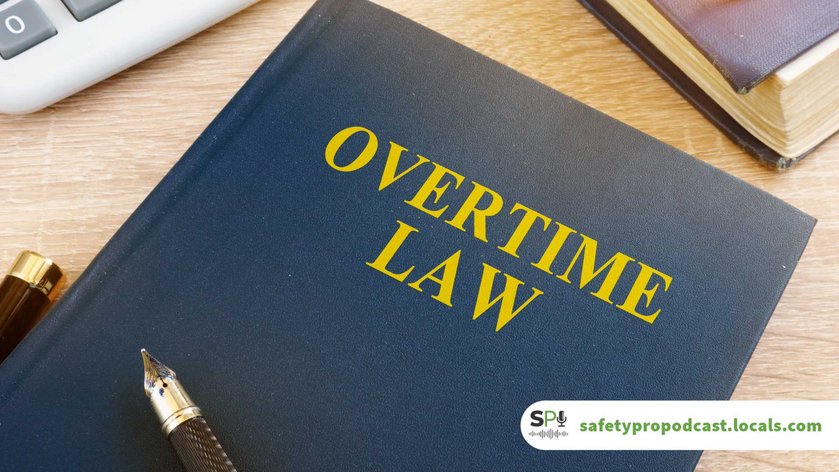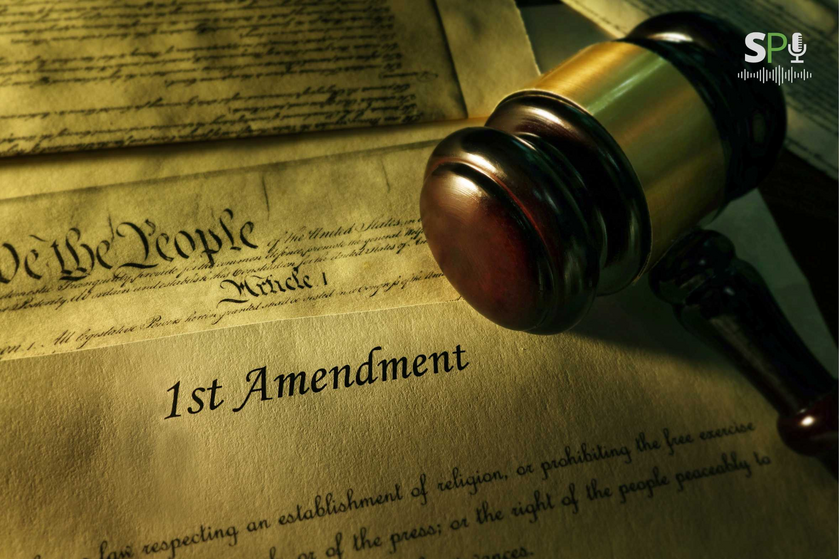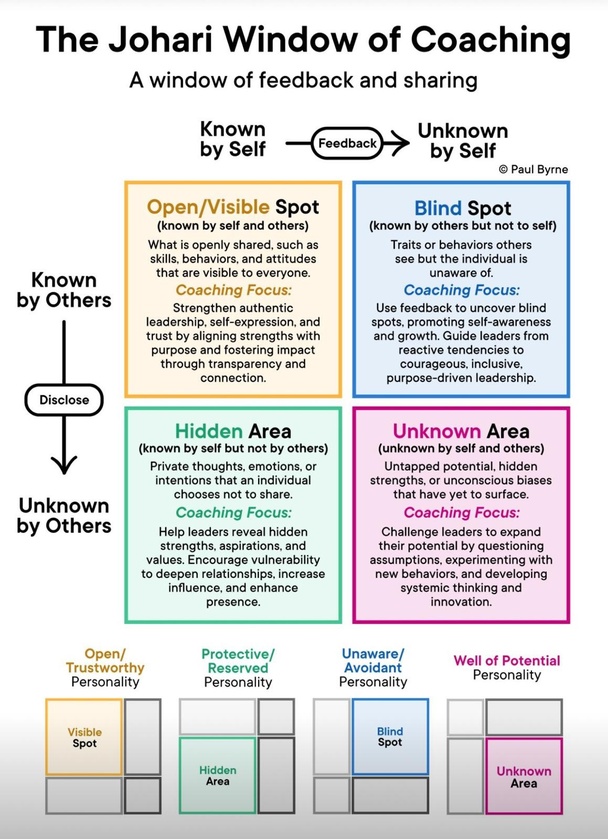When it comes to understanding workplace regulations around compensation, understanding the overtime rules is crucial. Recent updates to the Fair Labor Standards Act (FLSA) have introduced changes that could significantly impact how safety and health professionals are compensated for their essential services. This article will explain the concepts of the management and administrative worker exemption and the Highly Compensated Employee (HCE) status. It will provide a clear guide for safety and health professionals to understand where they stand regarding these rules.
By analyzing the criteria for these exemptions and discussing practical examples, we'll help ensure that members of our community are well-informed about their rights and responsibilities in the workplace. Whether you're a seasoned safety manager or new to the field, understanding these aspects of employment law will improve your ability to manage your teams.
Our Jobs
Safety and health professionals often perform duties typically requiring discretion and independent judgment about significant matters, thus qualifying them for the management or administrative exemption under current Fair Labor Standards Act (FLSA) guidelines. Safety and health are listed several times as job categories under the definition for work directly related to the management or general business operations of the employer or the employer's customers.
When discussing the management or administrative worker exemption, particularly in the context of safety and health professionals, it's helpful to understand the broader concept of HCEs, as defined under the FLSA, because it affects how certain employees may be exempt from overtime rules based on their compensation levels and job duties.
The HCE exemption is a category under the FLSA that provides a simplified method to determine exemption from overtime pay for workers who are compensated at a higher threshold. The criteria include:
1. Compensation: Employees who earn above a specific annual amount (adjusted periodically) qualify as HCEs. This amount includes all wages, bonuses, commissions, and other forms of compensation.
2. Primary Duties: While HCEs still need to perform office or non-manual work, their duties' criteria are less stringent than the detailed requirements for other exemptions. An HCE must perform at least one of the duties of an exempt executive, administrative, or professional employee.
For safety and health professionals, falling under the management or administrative worker exemption generally involves several factors:
- Primary Duties Related to Management or Business Operations: Safety and health professionals often engage in tasks crucial to a company's business operations, which include developing safety and security protocols, managing compliance with health regulations, and overseeing safety training programs.
- Discretion and Independent Judgment: These professionals frequently use independent judgment in high-stakes environments to assess risks, make decisions on implementing safety measures, and handle compliance issues significant to business operations.
- Potential for HCE Status: Safety and health professionals, especially those in senior or specialized roles, may also qualify as HCEs if their total annual compensation exceeds the threshold set by the FLSA and is particularly relevant in larger organizations or industries where safety roles are critical and thus, highly compensated.
How it Works
Let's talk about specific scenarios or examples where safety professionals might qualify as exempt under either the management or administrative exemption or the HCE criteria:
Example: A senior safety manager in a large manufacturing company earns above the HCE threshold and primarily oversees all safety regulations and compliance across multiple facilities. Although their role includes some routine tasks, their primary duties involve significant discretion and judgment related to strategic safety planning and compliance enforcement—making them likely to be exempt from overtime under the HCE provision only if they are making a base salary above the threshold limit.
Other common safety professional duties can include:
- Policy and Strategy Development: This could involve creating or managing safety protocols and strategies affecting a workplace's operation. Safety professionals might develop company-wide safety standards or emergency response strategies.
- Risk Management and Analysis: Professionals might conduct analyses to assess potential safety hazards or compliance risks, suggesting measures to mitigate these risks, including regular audits and implementing corrective measures.
- Training and Education: Designing and conducting training sessions for employees on health and safety practices is a typical duty and might involve preparing educational materials, conducting training sessions, or assessing the effectiveness of training programs.
- Regulatory Compliance: Ensuring the workplace meets all relevant local, state, and federal safety regulations, preparing reports for regulatory bodies, maintaining records of compliance activities, or guiding the company through inspections and audits.
- Incident Investigation: After a workplace incident, safety professionals might lead investigations to determine causes and develop preventative measures to avoid future occurrences. It involves analyzing incident data, interviewing witnesses, and making actionable improvement recommendations.
Compensation
Now we know that many salaried safety managers fall under the HCE category as management or administrative workers. But to be exempt from overtime pay, what are the salary limits?
The new rule increases HCE's total annual compensation threshold from $107,432 annually to $132,964 annually, effective July 1, 2024. However, another increase to $151,164 annually will go into effect on January 1, 2025, which may net a lot of safety pros out there, making them potentially eligible for overtime pay.
So, what does TOTAL compensation mean? Total annual compensation includes paying at least the current listed minimum amount, making up the total annual compensation per week on a salary or a fee basis, and any commissions, nondiscretionary bonuses, and other nondiscretionary compensation earned during a 52-week period. Thus, HCEs must receive at least the same base salary throughout the year as required for an exempt employee under the standard tests and may receive additional income in the form of commissions and nondiscretionary bonuses to meet the annual earnings threshold.
Changes in overtime rules in 2024 and 2025 will undoubtedly adjust the salary thresholds of safety professionals. Safety professionals must prepare to handle these changes proactively. Here are some recommendations that can help safety pros stay ahead of the curve:
- Stay Informed: Stay updated with changes in labor laws, especially those related to overtime, by subscribing to updates from the Department of Labor (DOL), professional safety organizations, and legal advisories. Regularly attending seminars and webinars can provide insights and interpretations crucial for compliance and strategic planning.
- Review Job Descriptions and Duties: Review and update job descriptions to accurately reflect the current roles and responsibilities. It is essential because exemption status can depend heavily on what duties are performed rather than just job titles. Ensure that the duties listed align with the criteria for exempt statuses under the administrative or HCE categories.
- Consult with Human Resources and Legal Advisors: Collaborate with your organization's HR department to understand how potential changes might affect your role and others within your team. It's also wise to consult legal experts to interpret how the changes apply to your circumstances, ensuring compliance and proper classification.
- Document Work Hours and Responsibilities: Maintain accurate records of your work hours and the nature of your work. This documentation can be vital in discussing your employment status and ensuring you are fairly compensated for overtime should your exemption status be questioned or audited.
- Plan Financially for Changes: Changes in overtime eligibility could impact your income, whether through eligibility for overtime pay or changes in base compensation to maintain exempt status. Financial planning and budget adjustments may be necessary to accommodate these potential changes.
- Advocate for Fair Compensation and Classification: If you believe that your role has been misclassified or that changes in the law could impact your exemption status, it may be appropriate to discuss this with your employer. Advocacy can involve negotiating aspects of your role or seeking adjustments that align better with legal standards and personal needs.
- Educational Advancement and Professional Development: Enhance your qualifications and skills through further education and professional certifications. Higher qualifications and specialized skills can strengthen your position as an administrative-exempt employee or qualify you for the HCE exemption.
By implementing these strategies, safety professionals can better manage their work conditions before any changes in overtime rules. What do you think? How might these changes impact your job, pay, or your teams? Join in on the conversation. Become a member of the SafetyPro Podcast Community site today!

Blaine J. Hoffmann has been in the occupational safety & health industry for over 28 years and is the author of "Rethinking SAFETY Culture" and "Rethinking SAFETY Communications," available now. Blaine is the producer and host of The SafetyPro Podcast and founded the SafetyPro Podcast community site.




















